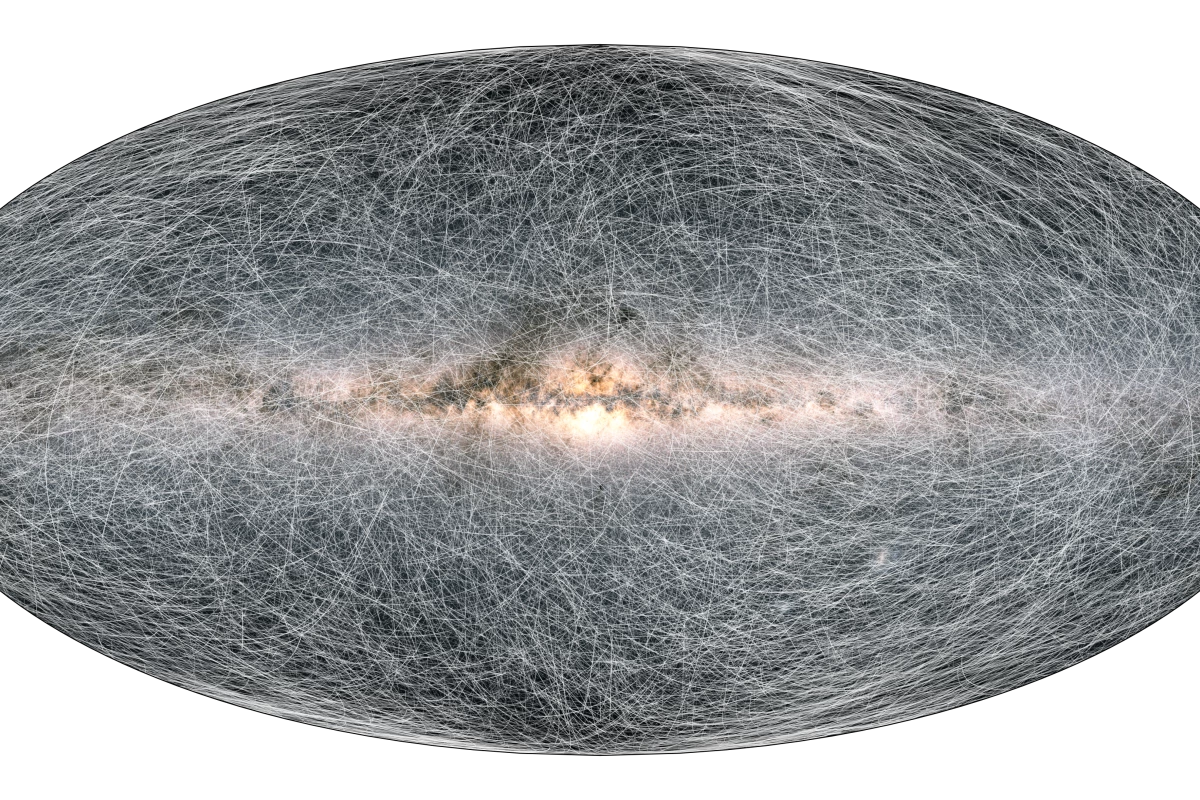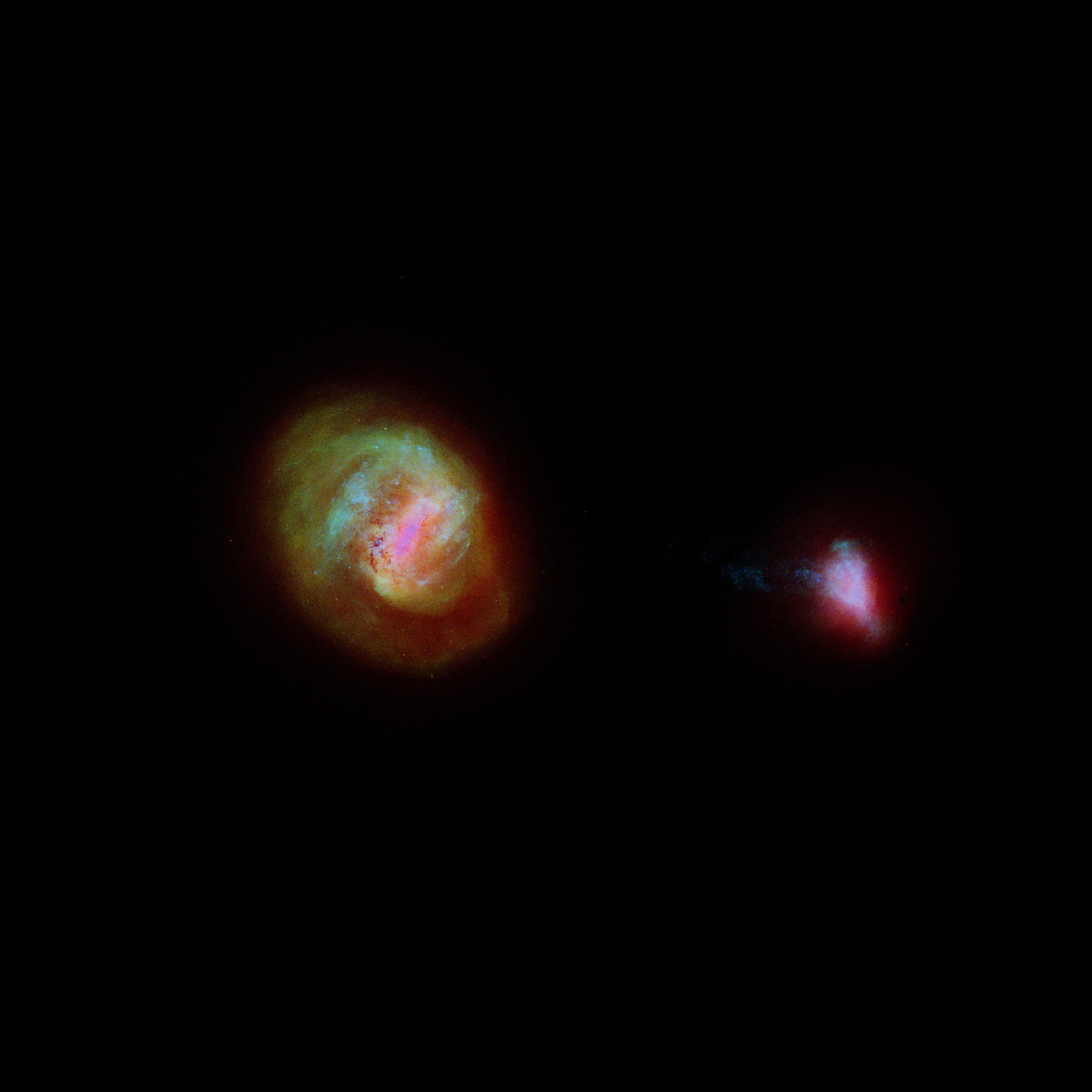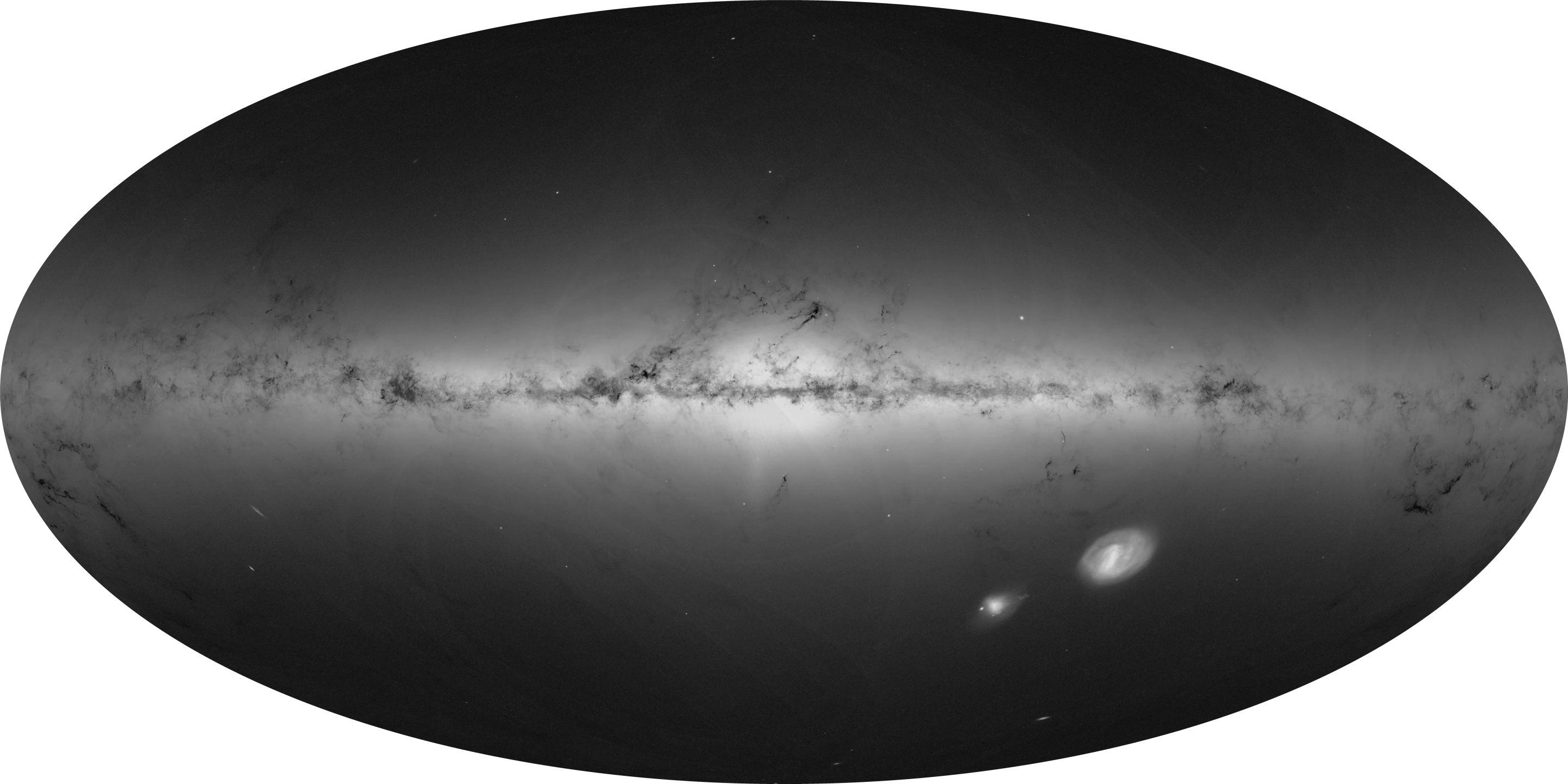ESA has made public a colossal data release from the agency’s Gaia observatory, which is currently engaged in a mission to survey 1 billion stars orbiting in the Milky Way. The data has already borne fruit, shedding light on the violent history of our galaxy and even revealing the curvature in the trajectory of our solar system.
Gaia blasted off on December 19, 2013 atop a Soyuz-Fregat launch vehicle with an ambitious mission to create a three-dimensional map of our galaxy. In the process it would capture hordes of data detailing the brightness, temperature and motion of a billion stars travelling throughout the Milky Way.
This latest information smorgasbord represents the third data release from the Gaia spacecraft, and was accompanied by four newly published papers that serve as testaments to the accuracy and overall quality of the data.
The Gaia Early third Data Release (EDR3) details 100 million more light sources than the earlier 2018 release, bringing the grand total up to 1.8 billion. This includes color information on 1.5 billion sources and a general increase in the precision of the Gaia catalog.
Some of the data demonstration efforts included the creation of a new stellar census cataloging the stars within a 100 parsec (326 light year) range of the Sun.
An earlier census of our local cosmic neighborhood initially conducted in 1957 and later updated in 1991 logged 3,803 stars in the 82 light years of space surrounding our Blue Marble. The powerful Gaia observatory has comprehensively outdone humanity’s earlier efforts, and was able to catalog the light from 331,312 objects while also providing more accurate data on the movement, location and brightness of these stars.
Astronomers were also able to shed light on the motion of our solar system through the Milky Way, using the super precise Gaia data. More specifically, scientists measured the acceleration of our solar system relative to the movement of distant galaxies captured by the cutting-edge observatory.
It was discovered that our home system is accelerating at a rate of 0.23 nanometers per second, and that this was altering the trajectory of the Sun and its worlds by roughly one atom per second, which amounts to a deviation of 115 km (71.4 miles) over the course of one Earth year. This is the first time that the curvature of our Solar System’s path through space has ever been measured.
Gaia also collected data on the "anticentre" of our galaxy – the region of space on the exact opposite side of Earth relative to the Milky Way’s core. The observatory tracked the movement of populations of youthful and ancient stars. The observations of the new and the old galactic components allowed astronomers to determine that the Milky Way’s disk will likely grow larger in the coming millennia as further stars coalesce into existence from our galaxy’s reserves of cosmic dust and gas.
Observations of the anticenter also yielded insights into a dramatic event that may have taken place in the Milky Way’s recent past – a passing close shave with a dwarf galaxy.
Gaia pinpointed a population of slow moving stars travelling above the main plane of our galaxy, where the vast majority of the stars in the Milky Way – including the Sun – are known to orbit. This group of stellar bodies was observed moving downward relative to the disk. A second group of stars was also detected below the plane moving upwards.
This unexpected distribution of stars could have resulted from a close brush with the nearby Sagittarius dwarf galaxy, which is slowly being torn apart and consumed by the gravitational influence of the Milky Way.
Astronomers analyzing the second data release from Gaia had noticed a perturbation in the movements of stars in the galactic disk that suggested an interaction with the smaller galaxy 300 to 900 million years ago. The new evidence strengthens this theory.
The Gaia data also revealed details regarding the structure of the Magellanic Clouds, both of which are satellite galaxies that orbit the Milky Way. The analysis revealed that the Large Magellanic Cloud has a spiral structure and that there exists a tenuous bridge of stars connecting it to the Small Magellanic Cloud.
"Gaia EDR3 is the result of a huge effort from everyone involved in the Gaia mission. It’s an extraordinarily rich data set, and I look forward to the many discoveries that astronomers from around the world will make with this resource," concludes Timo Prusti, ESA’s Gaia Project Scientist. "And we’re not done yet; more great data will follow as Gaia continues to make measurements from orbit."
Source ESA







